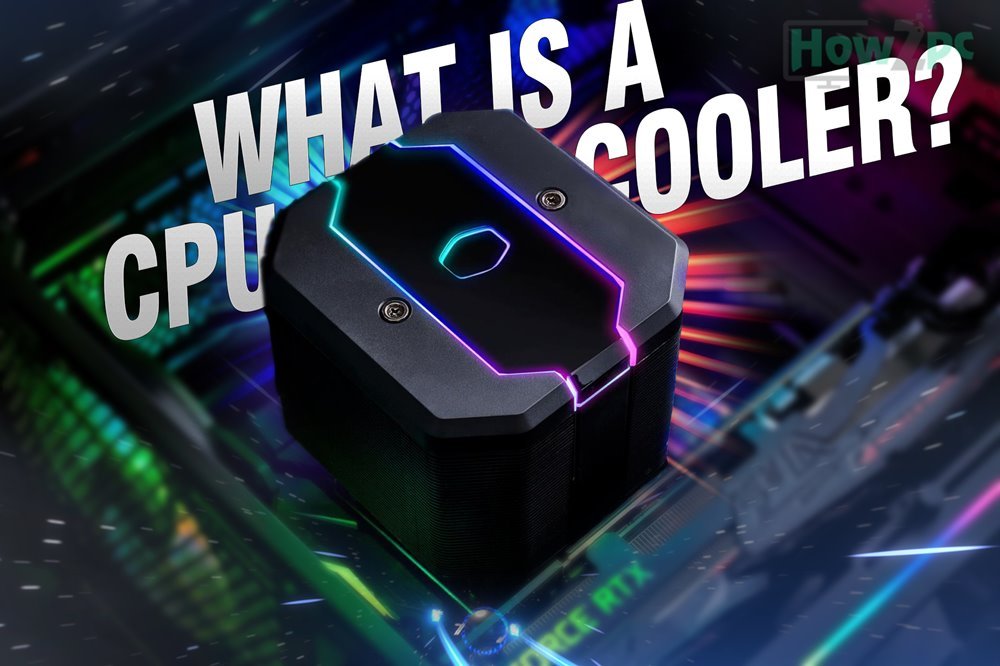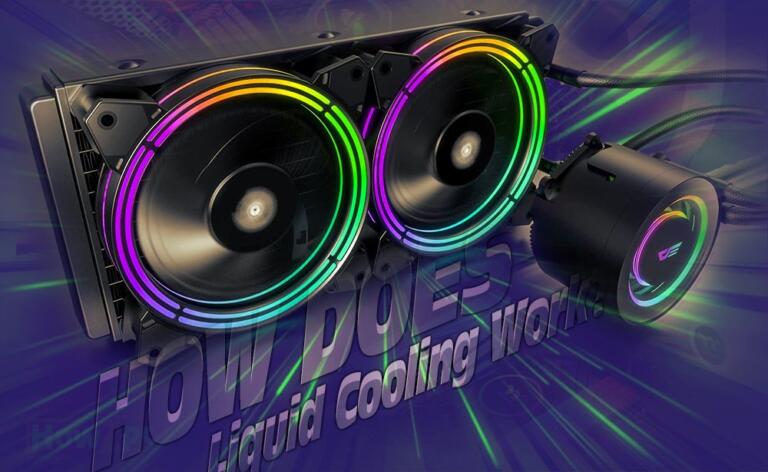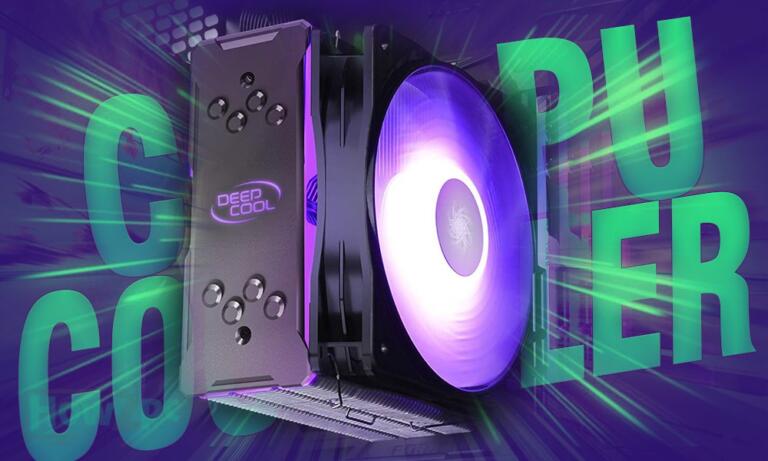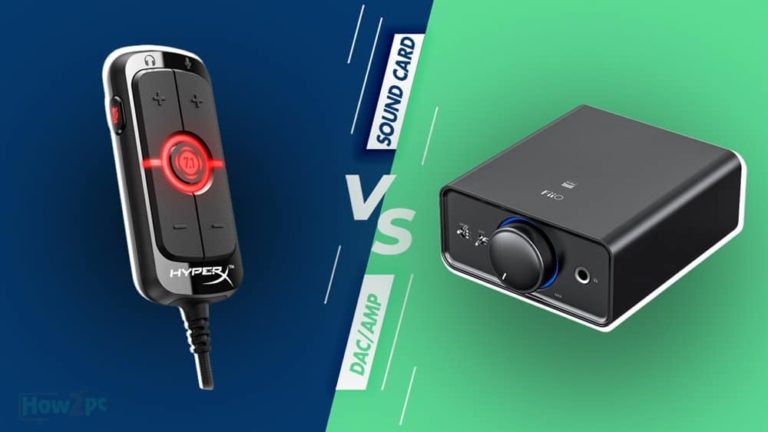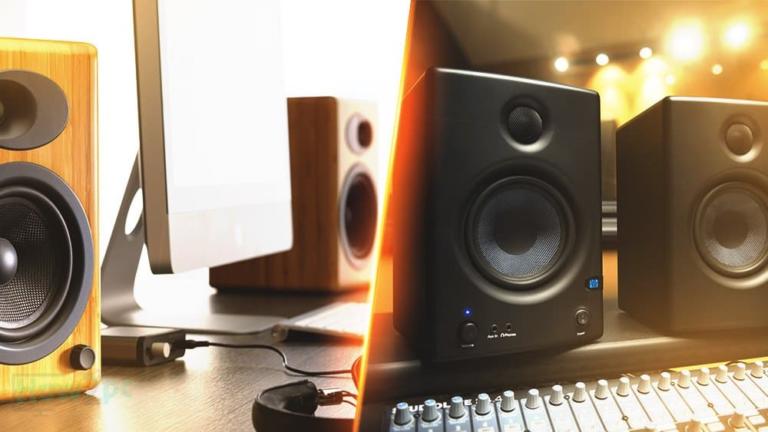A CPU cooler like the name suggests is a hardware component that is designed to withdraw heat from the processor or like it said a CPU. A CPU radiates a lot of heat and this heat can potentially harm a CPU. So to dissipate this heat a CPU cooler is used.
Now that we have understood what is a CPU cooler let us look further at the different coolers available in the market. There are different variants of processors and each one of them has different heat outputs. Similarly, there are numerous coolers available in the market each made for a certain type of processor. The CPU cooler is a diverse term and these coolers come in all sorts of shapes, designs, and forms.
CPU coolers can be characterized in two distinct groups based on their mode of cooling. These groups are air coolers and liquid/AIO coolers. Each of these coolers have their disadvantages and advantages and some aspects which are unique to them. Let’s discuss them in detail for a better understanding.
CPU Air Coolers
These coolers have a traditional design. This design is also used in commercial cooling products due to its simplicity. The design of CPU air coolers consists of a heatsink which is made up of many aluminum or other metal fins. These fins house the heat pipes. These heat pipes carry the heat. Mounted below the heat pipes is a copper or nickel base. This base makes contact with the CPU so the better the conductivity of the base the more heat will be dissipated.
This all is finished with the inclusion of fans. The number can vary depending on the size and thermal capacity of the cooler but usually, most coolers come with either a single fan or dual fans. The fans can come in various flavors and some coolers even include Rgb or led lighting for their fans.
The way this setup works is that the heat is transferred from the processor to the copper or nickel base. From here it is carried by the heat pipes and cooled with fresh air pulled by the fans in conjunction with the heatsink.
This processor and simple and free from any hassle. Air coolers normally do not exhibit any trouble and mostly have a very good lifespan. All coolers are considered air coolers if they have a fan that draws air to cool the processor. They can be of any shape or size and they can have any orientation or design. The major drawback of these coolers is the fan noise. If you do not like any disturbance or are using the computer in a workplace then these air CPU coolers might not be suitable for you so bear that in mind.
Liquid Coolers/ AIO Coolers
Liquid coolers also known are AIO coolers have a liquid chamber or tubing which helps to dissipate heat. The core concept of the cooler is similar to air cooler but where it majorly differs is the way how heat is dissipated. Liquid coolers also have copper or a nickel-base but connected to this base is 2 tubes rather than heat pipes. These coolers work similarly to any radiators which you might have seen in many consumer products. One tube carries cold liquid to the CPU and the other tube is used to carry heat away from the processor.
At the front of the tubing is a radiator with fans. 1 to 3 fans can be used depending on the coolers. This is the basic breakdown of a liquid cooler and how it works. By implementing this design it shrinks the overall footprint of the cooler hence this is why liquid coolers occupy tiny space compared to air coolers. The major flaw with this cooler is the leakage problem. Some coolers which are not well made might have a liquid leakage problem down the line which can be harmful to the CPU.
Conclusion
This was our breakdown of the what is a CPU cooler and the different types of coolers available in the market. Like you have seen this category is a broad one and there are a plethora of coolers available all offering something unique.

